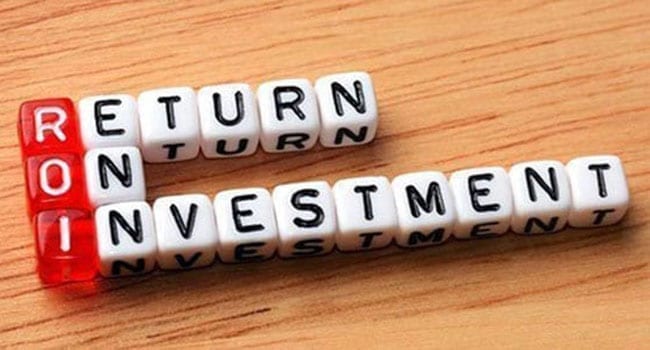 You worked hard for your money and, in turn, your money should be working hard for you. However, when comparing returns, you need to be sure you’re making a fair comparison.
You worked hard for your money and, in turn, your money should be working hard for you. However, when comparing returns, you need to be sure you’re making a fair comparison.
Investors often compare their returns to that of a published benchmark such as the Toronto Stock Exchange (TSX), or to the returns their friends or relatives say they’ve achieved. These investors can suffer angst when their returns are lower than others.
But often there are very valid reasons for returns not matching.
Each investor is unique in their goals and personal risk tolerance, so their investment portfolio should be customized to their situation.
If you’re comparing your returns to an index or that of a friend, relative or colleague, make sure you know what that portfolio is made up of and if your portfolio is similar in any way.
It’s not fair to compare returns on investments that don’t have the same asset allocation or time frames, as each of these items can have a large effect on investment returns. An investment in a short-term taxable conservative portfolio is not the same as those in a portfolio set up for long-term tax-advantaged growth.
Someone investing for safety and looking to protect their capital or someone who is risk adverse won’t have the same portfolio or the same returns as someone who is investing for long-term growth. Long-term investors are often willing to see some short-term losses in return for the possibility of longer term gains.
Your investment portfolio should be customized to your goals and objectives. Your targeted rate of return should be the return required to meet your goals with a level of risk you’re comfortable with. It won’t necessarily match a benchmark that doesn’t have the same focus.
If you can achieve all of your financial goals with a two per cent return and protect your capital, why should you try to invest it at a much higher rate and take the risk of losing your hard-earned money?
If you’re just trying to get the highest possible return, then you’re not really investing, you’re speculating. While this may work for a small amount of money, you should generally not speculate with all your money. I tell investors never to speculate with more money than they’re willing to lose.
If some speculative investment idea interests you, invest as much as you’re willing to lose. Should your speculative investment double in value, then sell 50 per cent of it and protect your capital. If the investment continues to rise, keep selling portions and lock in your profits as the amount grows above the amount you’re willing to lose.
What rate of return do you require on your investments in order to meet your goals? If you’re unsure, it’s time for a review. Sit down with your financial planner and review your portfolio. Make sure it’s in line with your goals and discuss a realistic expected rate of return.
If you’re not happy with your returns, talk to an expert about it, not your Uncle Bob. Inform them of your objectives and make sure they ask you about your risk tolerance and goals, and that they give you an estimate of your expected returns. And make sure those expected returns are in line with what you’re willing to accept.
Then compare your returns to what you’ve been told to expect and not to some unrelated investment.
And if someone promises you high returns with limited or no risk, walk away – there’s no such thing.
Bill Green is an hourly financial and estate planner, public speaker and author of The Success Tax Shuffle. Bill has over 25 years of experience in the financial services industry.
Bill is a Troy Media Thought Leader. Why aren’t you?
The views, opinions and positions expressed by columnists and contributors are the author’s alone. They do not inherently or expressly reflect the views, opinions and/or positions of our publication.


